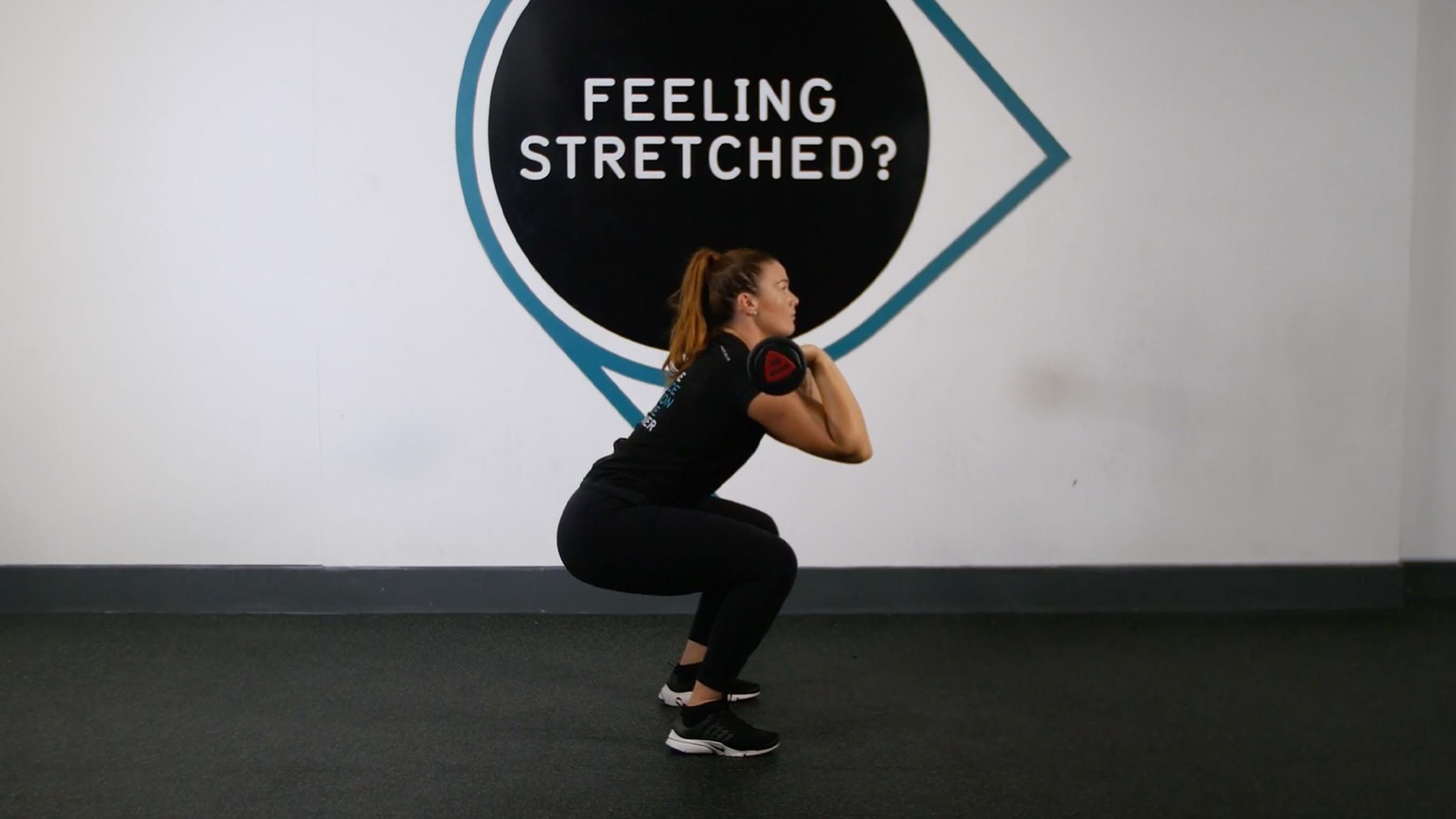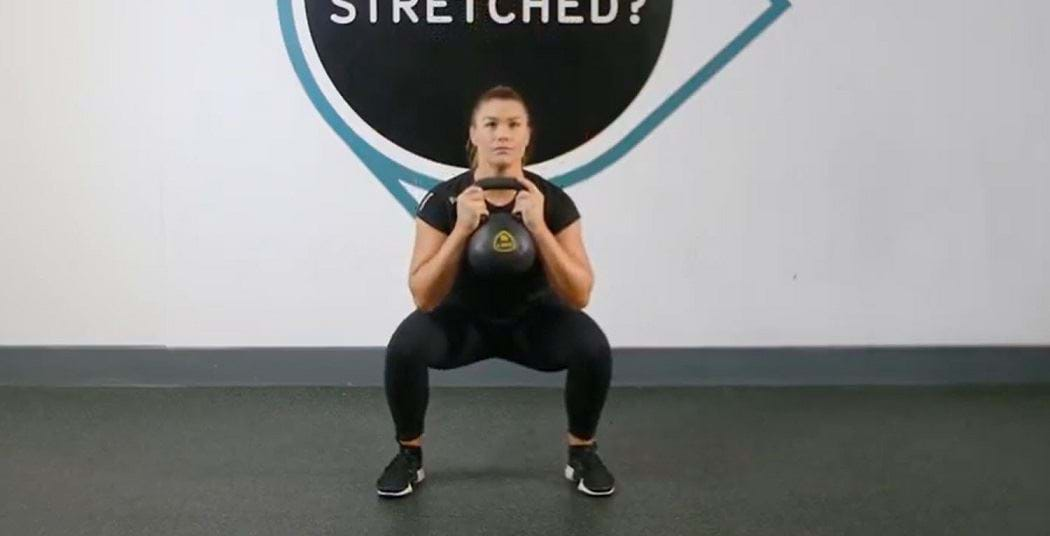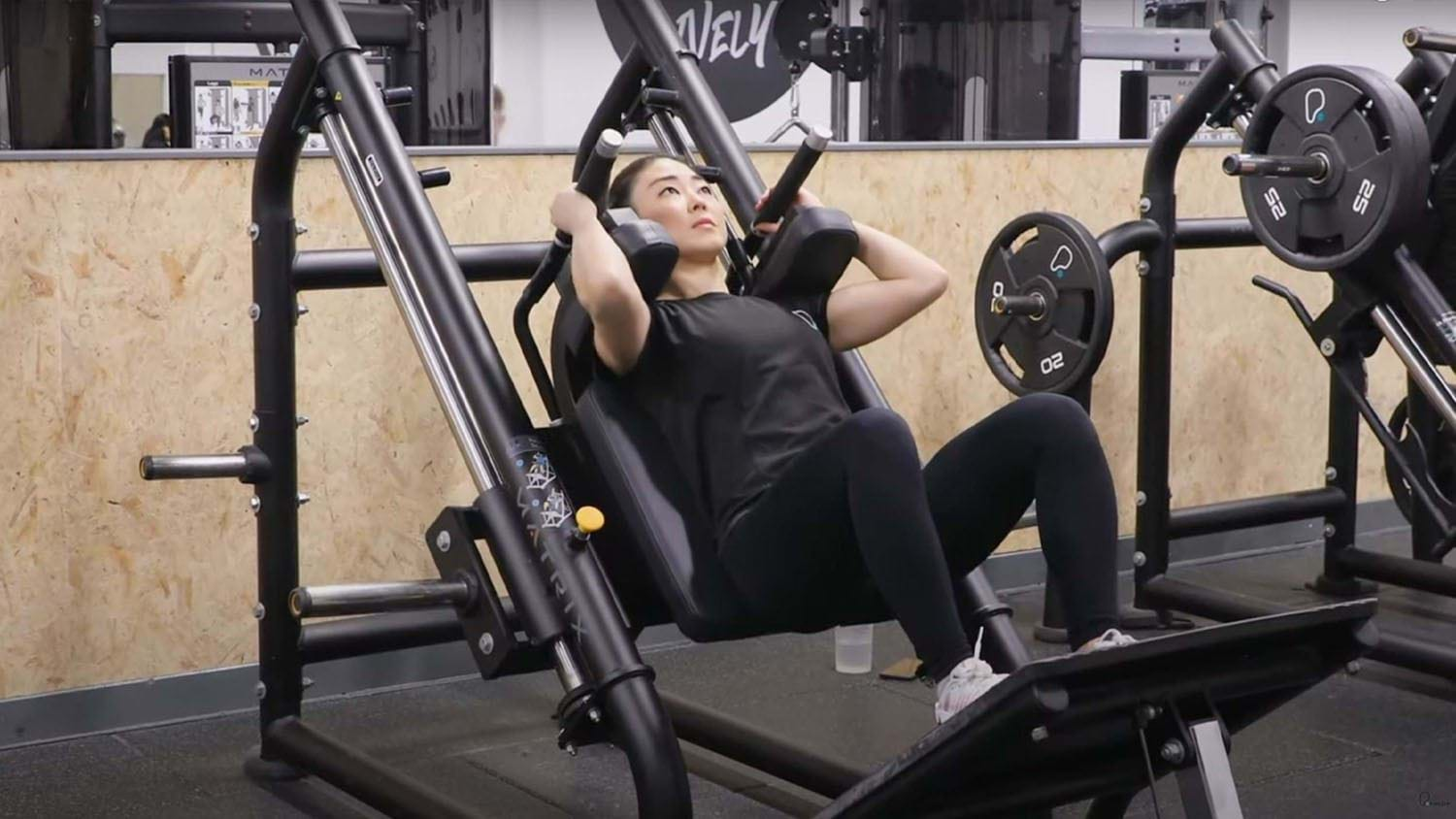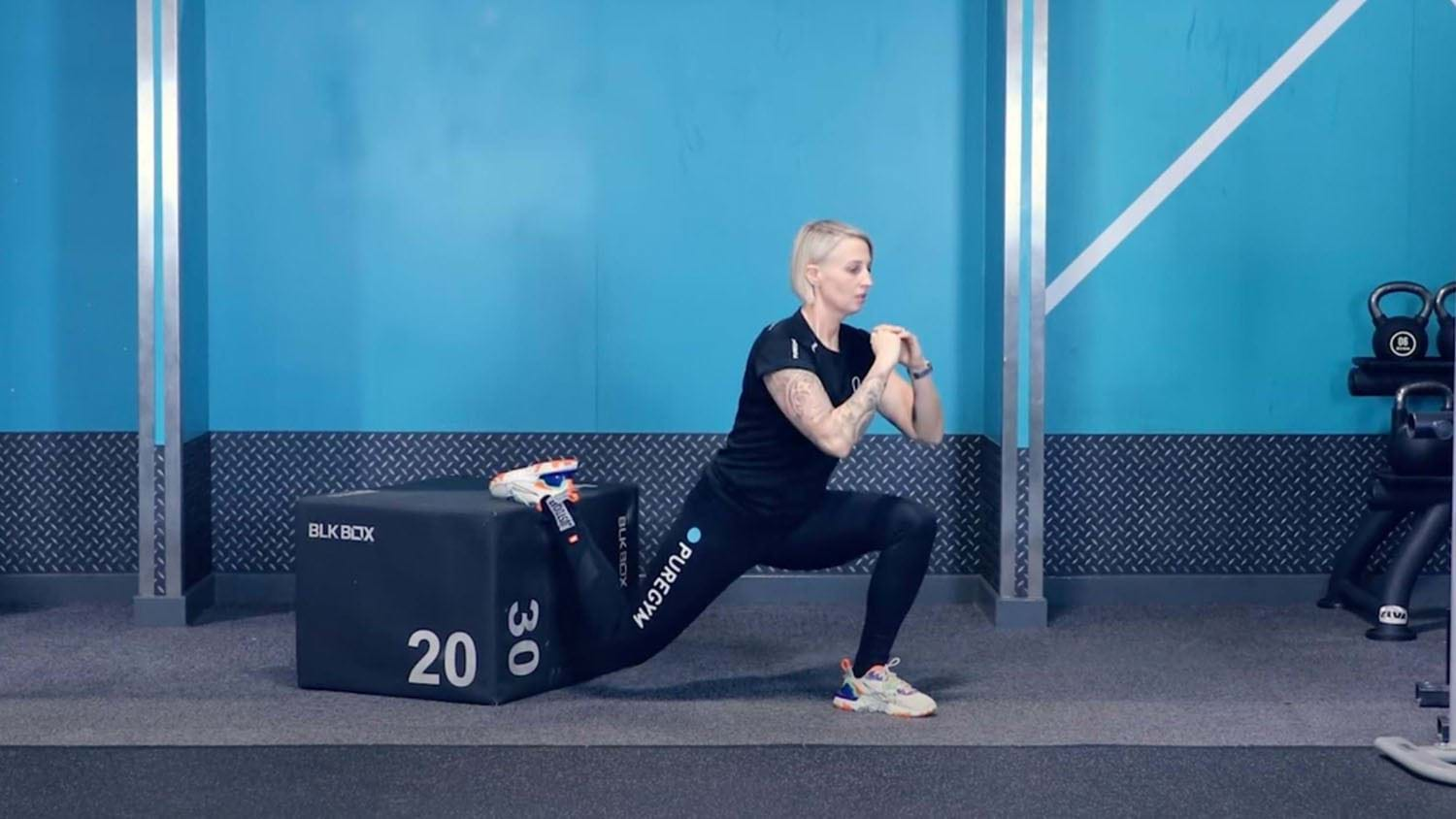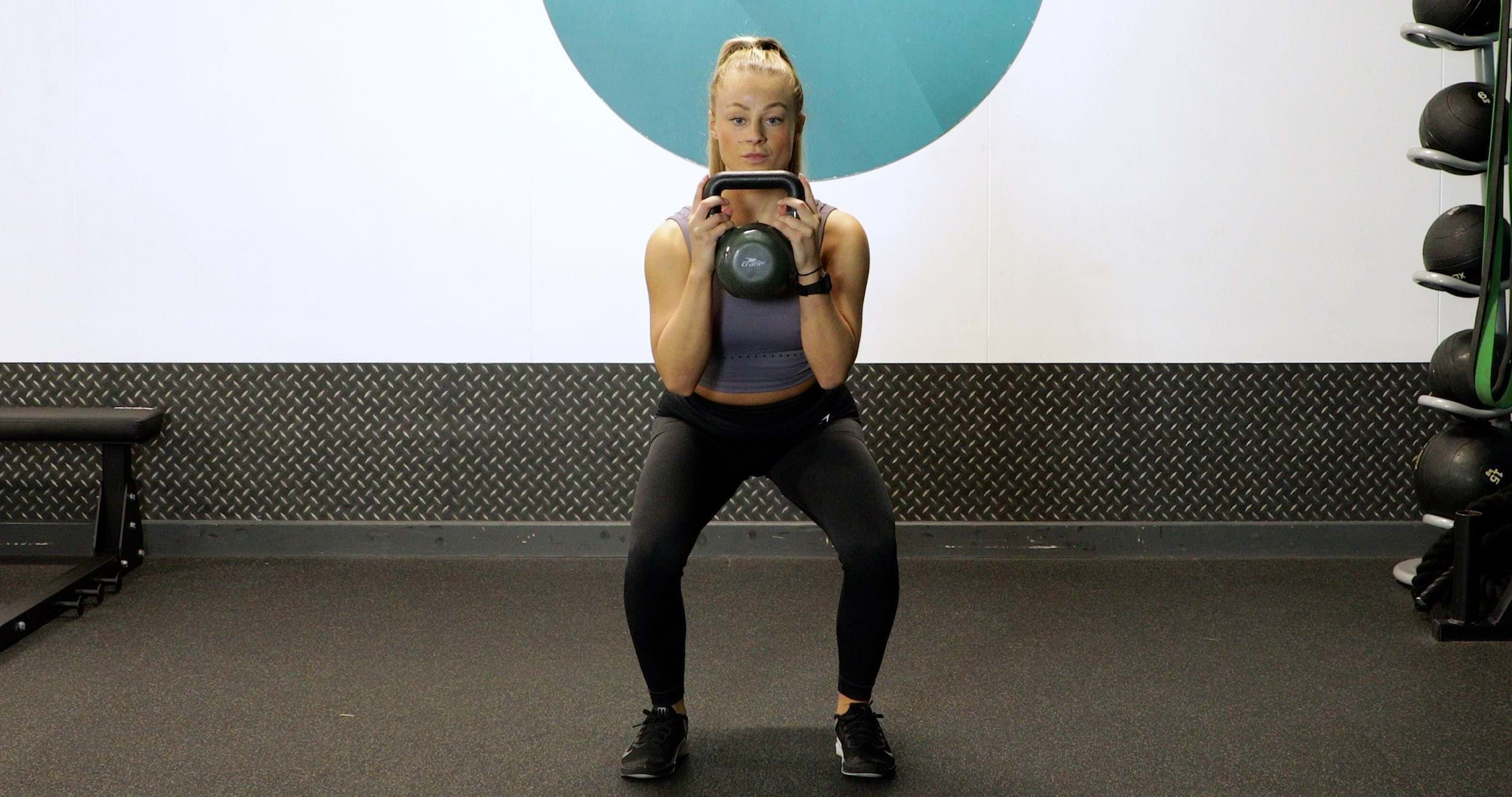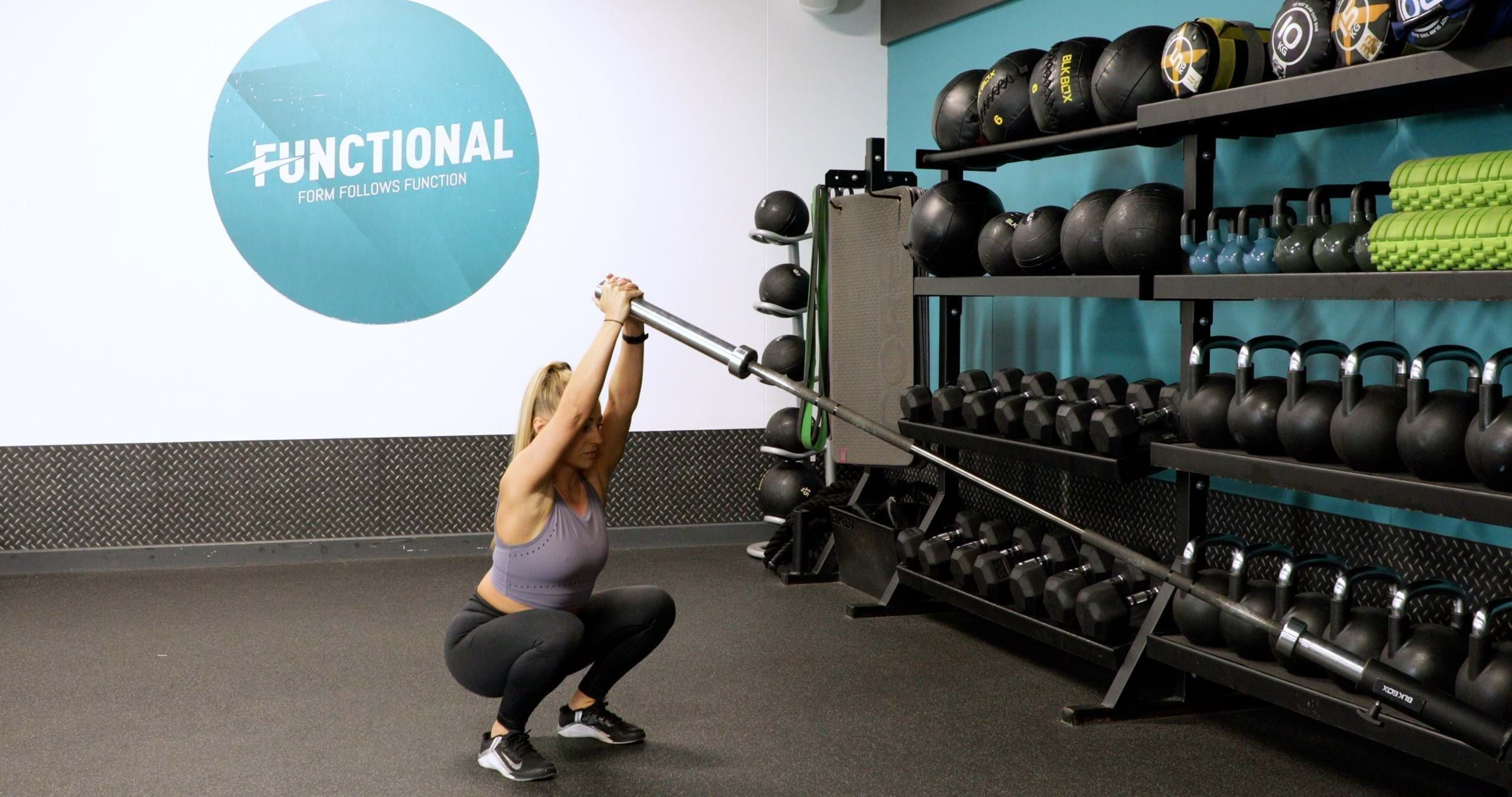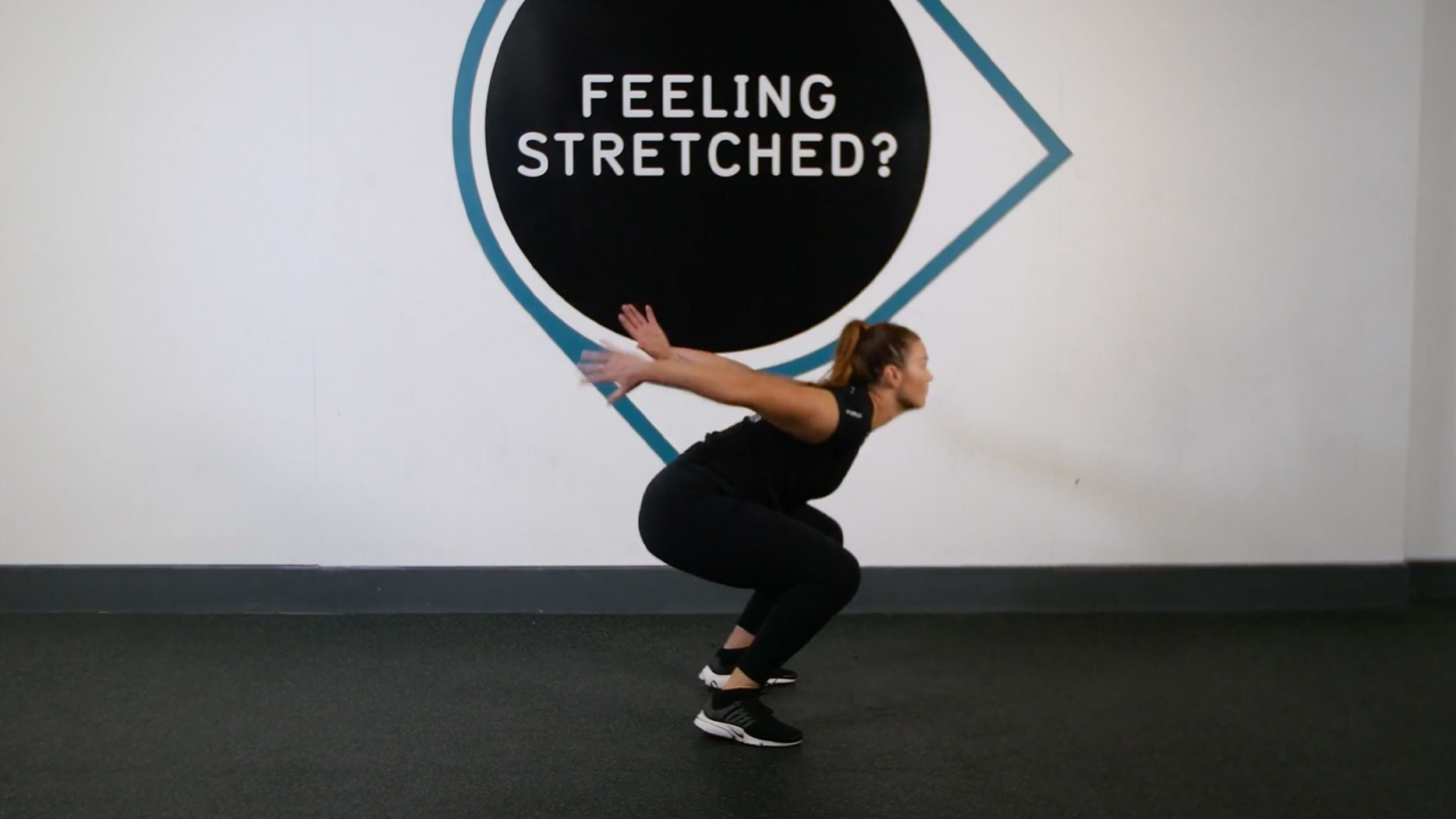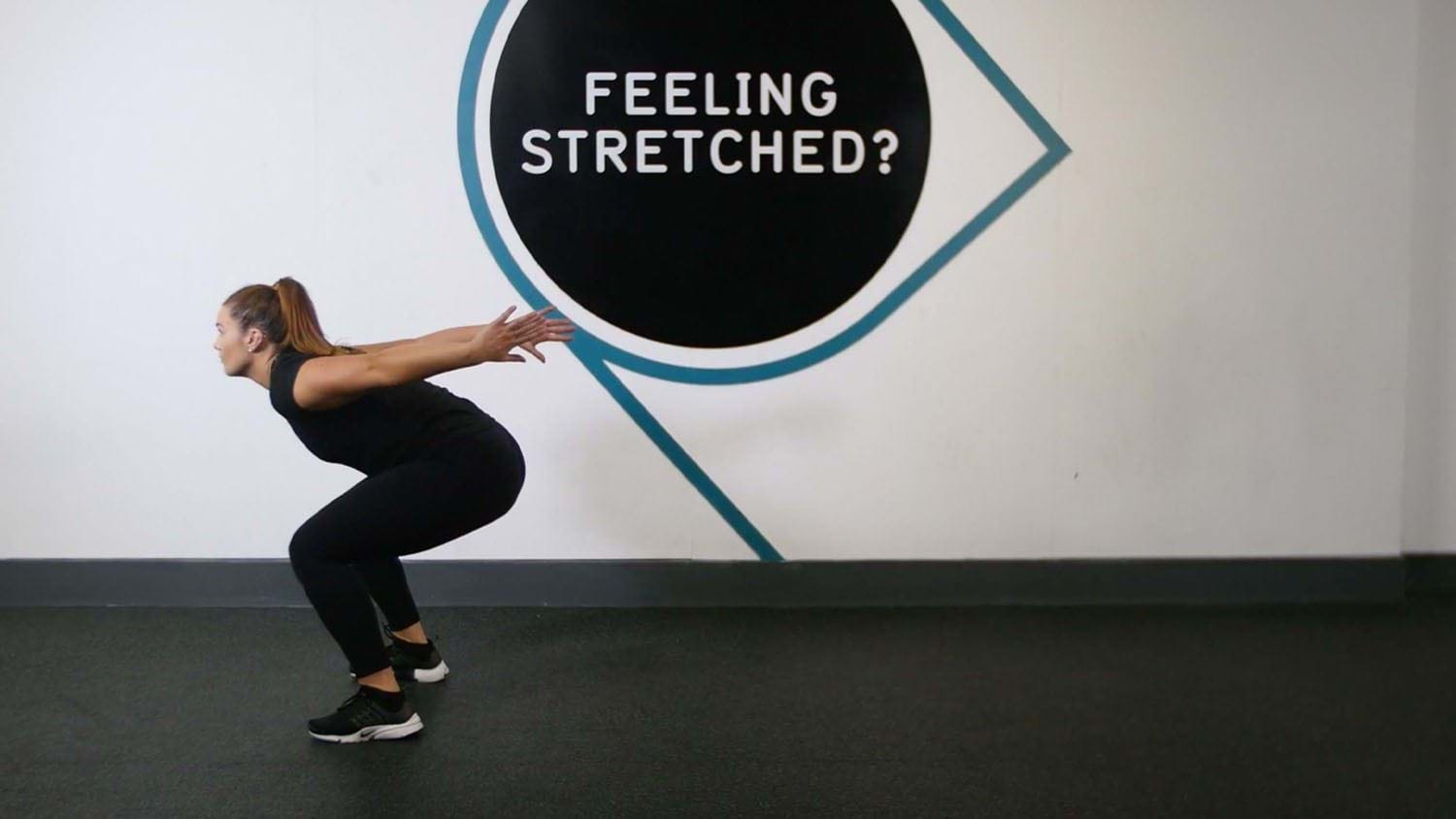Squats
What is a squat?
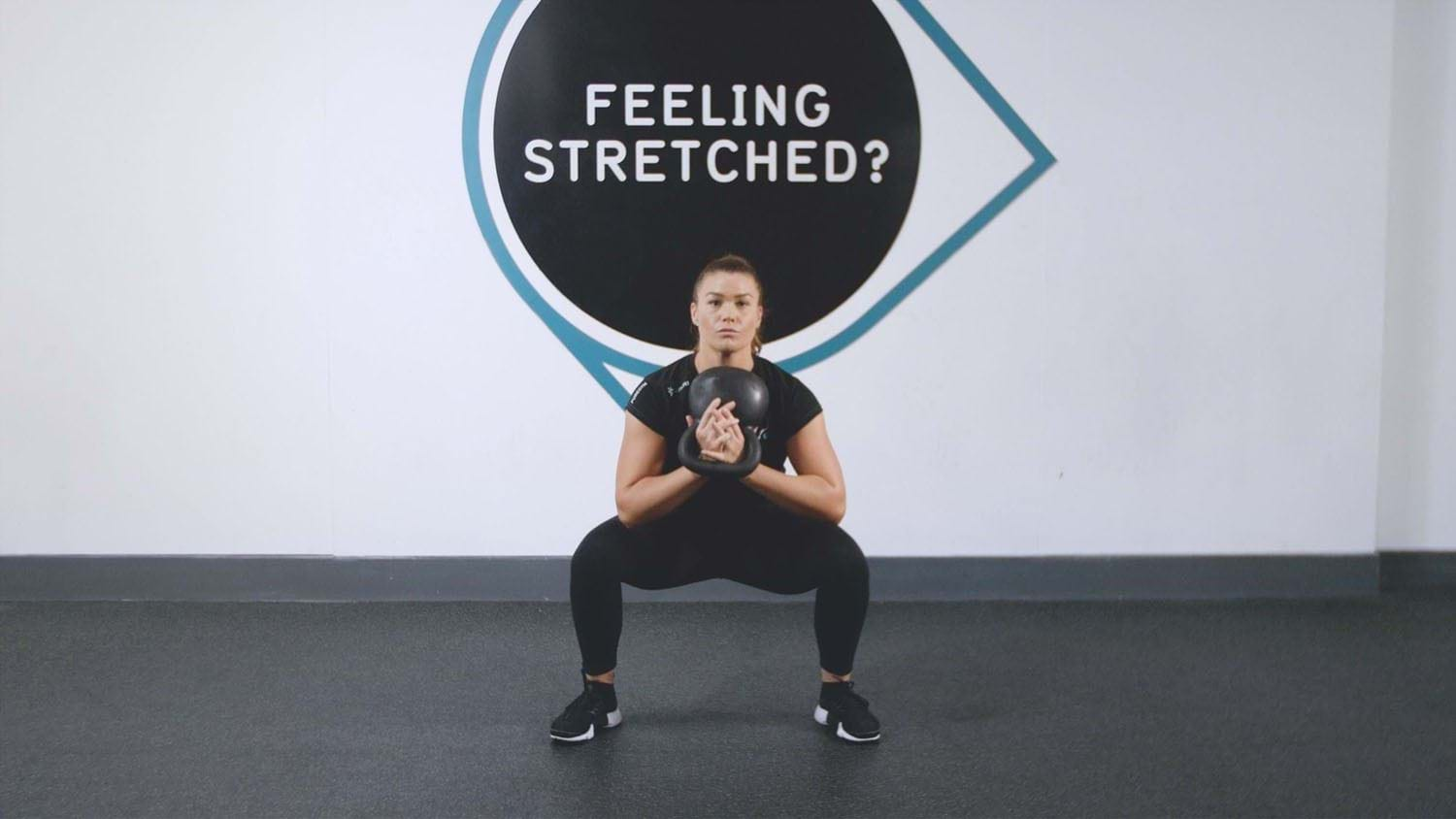
Squats are a great exercise if you're looking to improve your general fitness, tone your lower body, or build strength. Performing the squat requires using multiple muscle groups at the same time, making it an effective muscle-building compound movement to include into your workout routine. The main muscles groups used when doing a squat are the quadriceps, glutes and hamstrings.
Although the squat is widely acknowledged as the 'king of leg exercises', other muscles groups are also involved, such as your core and even arms depending on the variation, so incorporating this exercise can help to tone your whole body.
Whether you're a complete beginner or a pro, this is a staple exercise to include into your gym routine. The squat can easily be adapted to suit your fitness level and abilities.
For beginners, the body weight squat, which is the most widely-known exercise would be a good one to start with. As you get more comfortable with the basic squat and your legs get stronger, you can make the squat more challenging by adding a variation that includes weights such as the barbell squat which used in Olympic weightlifting.
Check out different squat exercise variations below and our top tips when performing the exercise.
COMMONLY ASKED QUESTIONS ON SQUATS
Squats target the quads, hamstrings, glutes, calves and core so this exercise can play a role to make your butt bigger when performed consistently over time with progressive overload. It's a great lower body movement to include into your fitness routine in general. However, if your main goal is to increase the size of your glutes, we suggest combining this exercise with other exercises that target the glutes, such as hip thrusts, glute bridge, lunges, and hip abduction. Due to differences in anatomy, there is no one size fits all for the best glute exercise. You can experiment with different exercises and find out which exercises are most suited to you.
How many squats you should do a day will depend on your needs and goal. There’s no magic number that works for everyone. If your main goal is to improve leg strength or build leg muscle, a general rule of thumb would be workout the muscle group 2-3 times a week, with a day's rest between working the same muscle group twice. If you’re a beginner, we suggest starting out with bodyweight squats, also known as air squats, then progressing to a weighted variation once you’re comfortable and ready, and then looking to increase the weight gradually as you get stronger to see results.
Squats can help to tone your legs and make them stronger. However, it takes a lot of time and hard work to visibly make any body part bigger through weightlifting, including your thighs! You will need to provide enough training stimulus, for example by using heavier more challenging weights, consistently and for a period, and make sure you are eating enough food and protein to notice any big changes.
The quads, hamstrings, glutes, calves and core are worked when performing squats. Doing this exercise regularly can help to improve lower body strength and tone your legs.
Squat tips
- Keep your core tight when you perform the movement to help keep your body in a stable braced position.
- Try to maintain a tall spine throughout the exercise to avoid rounding your back.
- When you perform the squat, imagine as if you are trying to rip the floor apart with your feet. This will help from your knees collapsing inwards.
- When performing the squat, try to keep your weight on your heels to avoid leaning too far forward.
Squat variations

New to squatting? Start with the bodyweight squat to master your form and build strength.
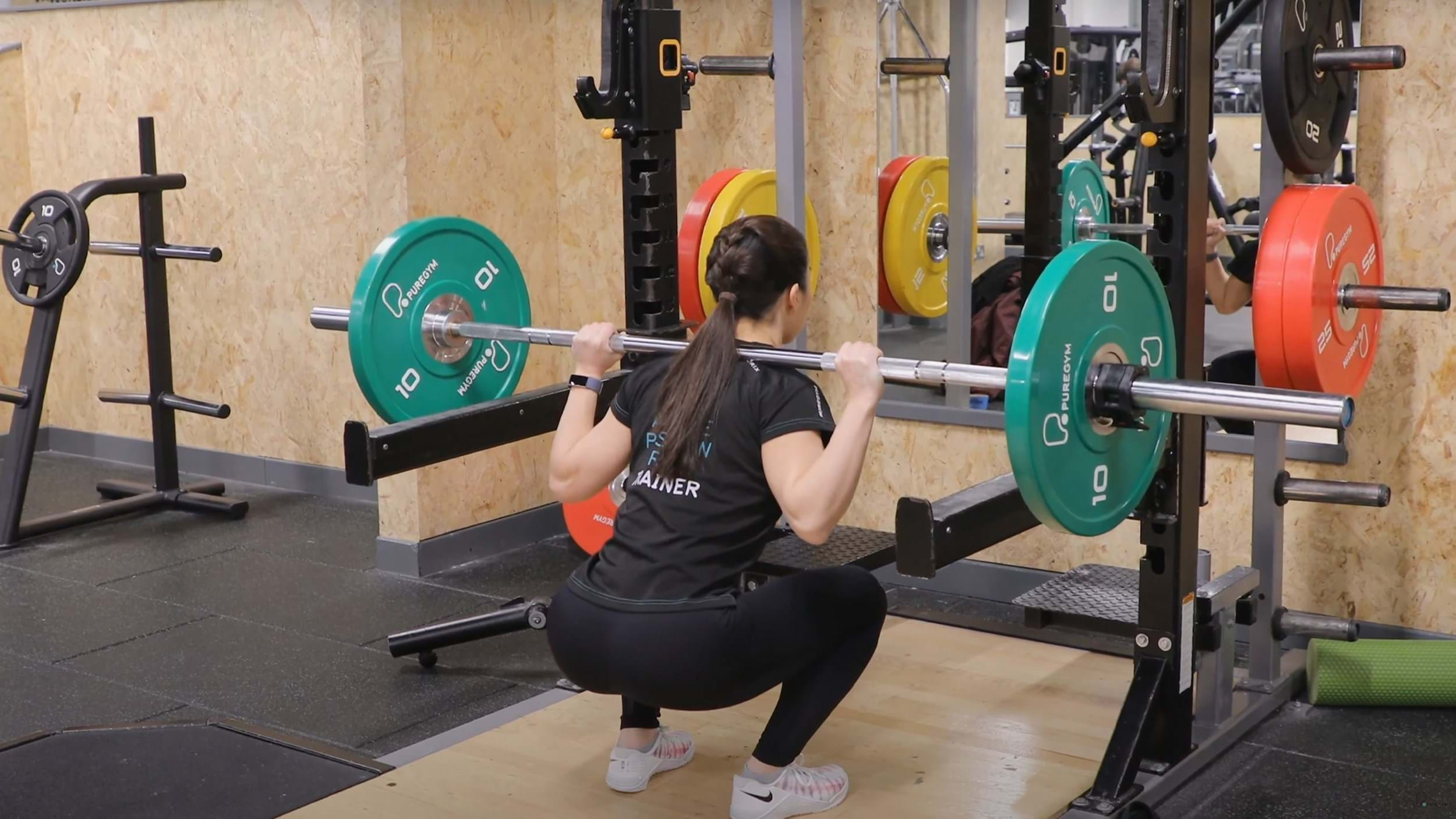
The barbell back squat is one of the most popular squats for strength and hypertrophy.
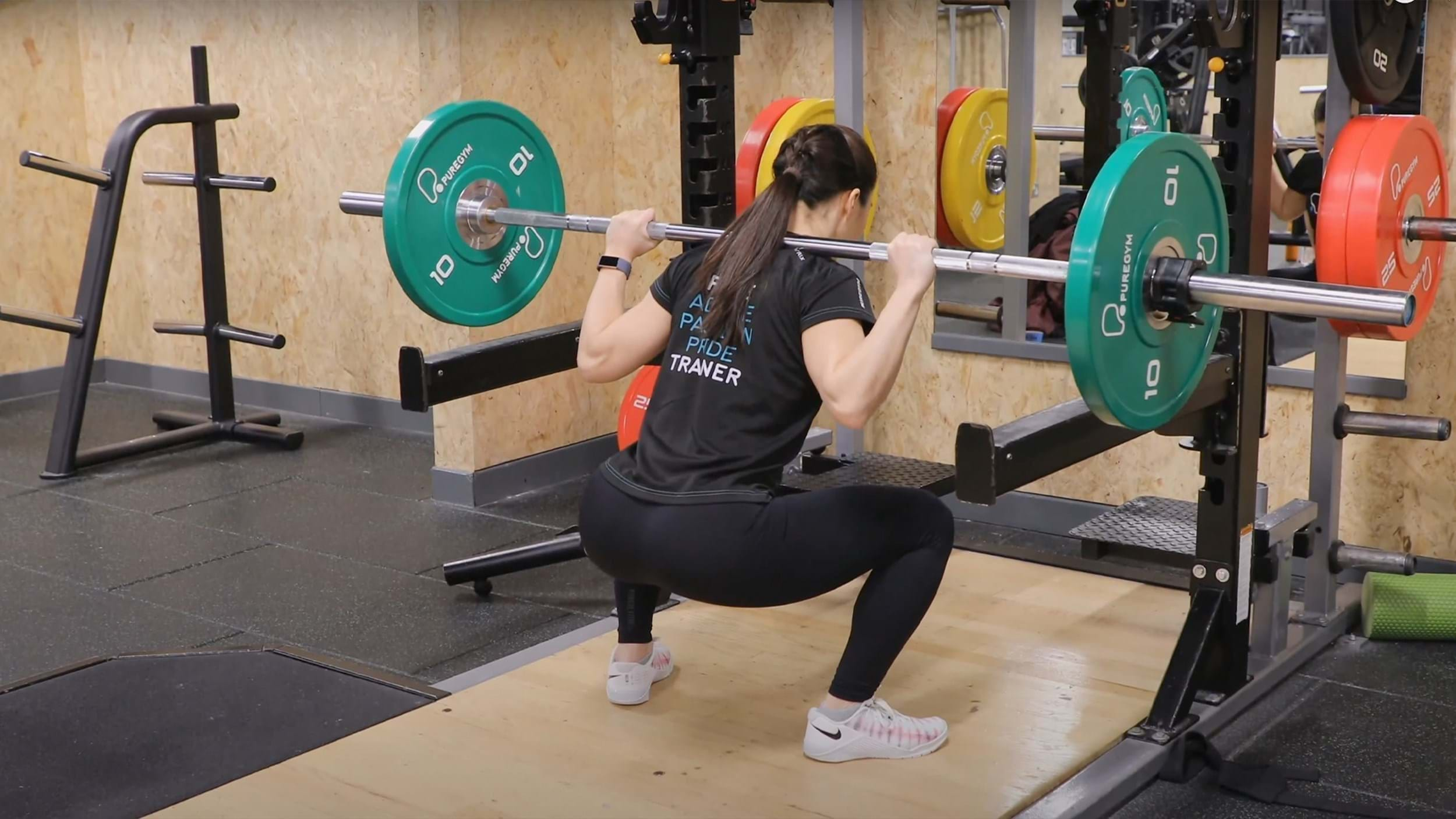
The sumo squat works the adductors more than any other squat variation and can be better for certain anatomies.
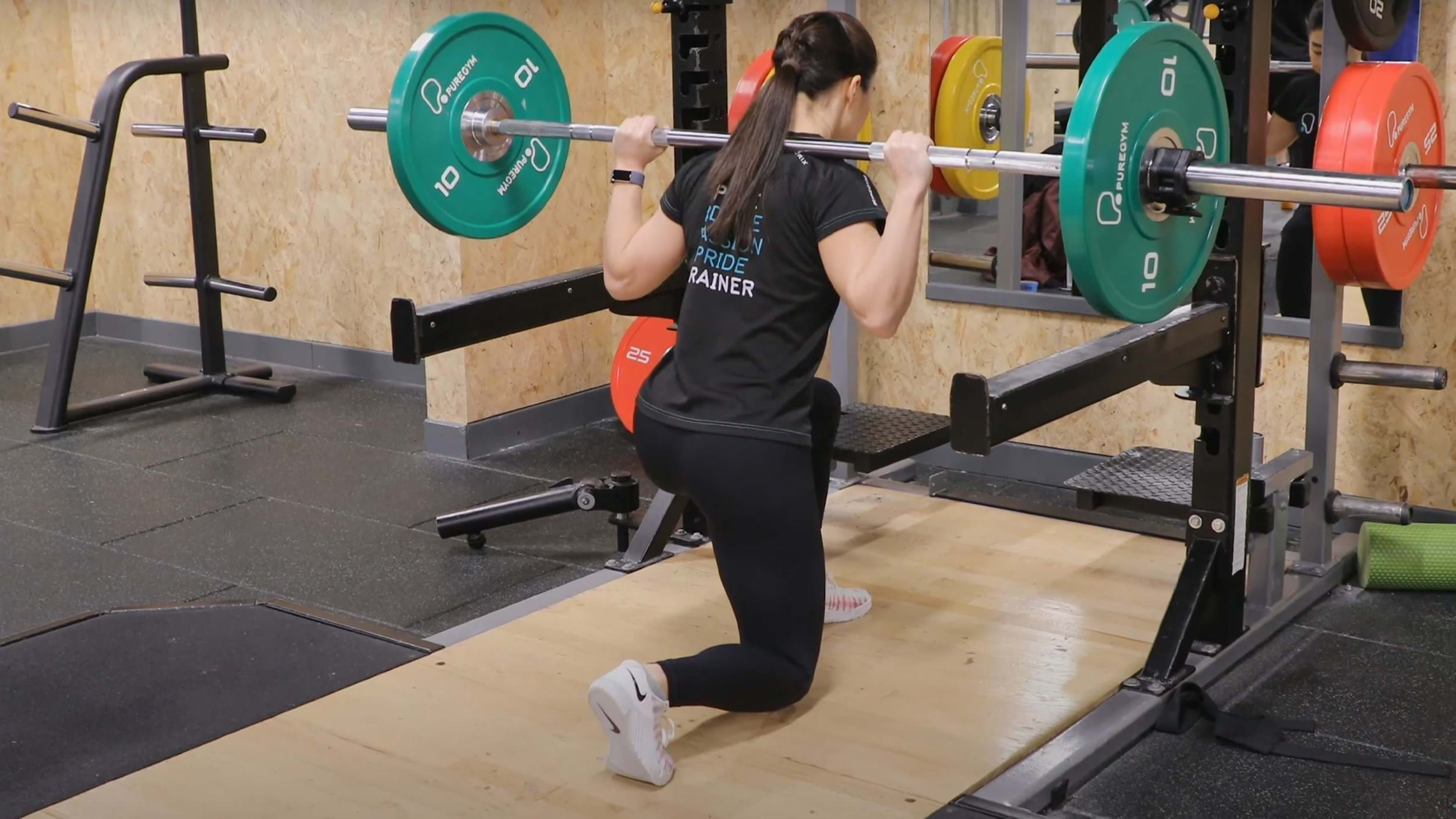
Split squats can build unilateral strength and target muscular imbalances between the two legs.
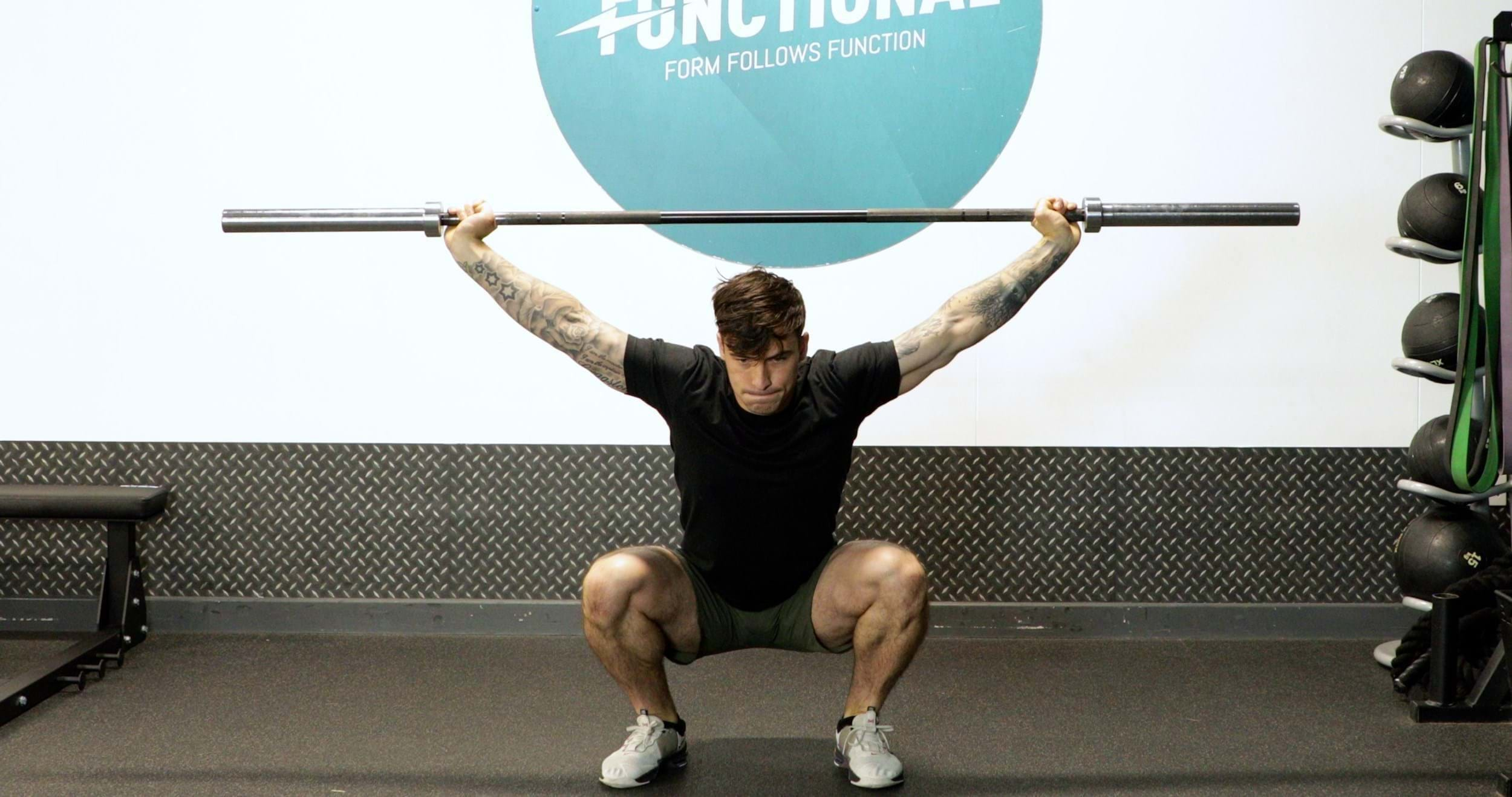
The overhead squat is an advanced variation which works the upper body as well as lower body muscles.
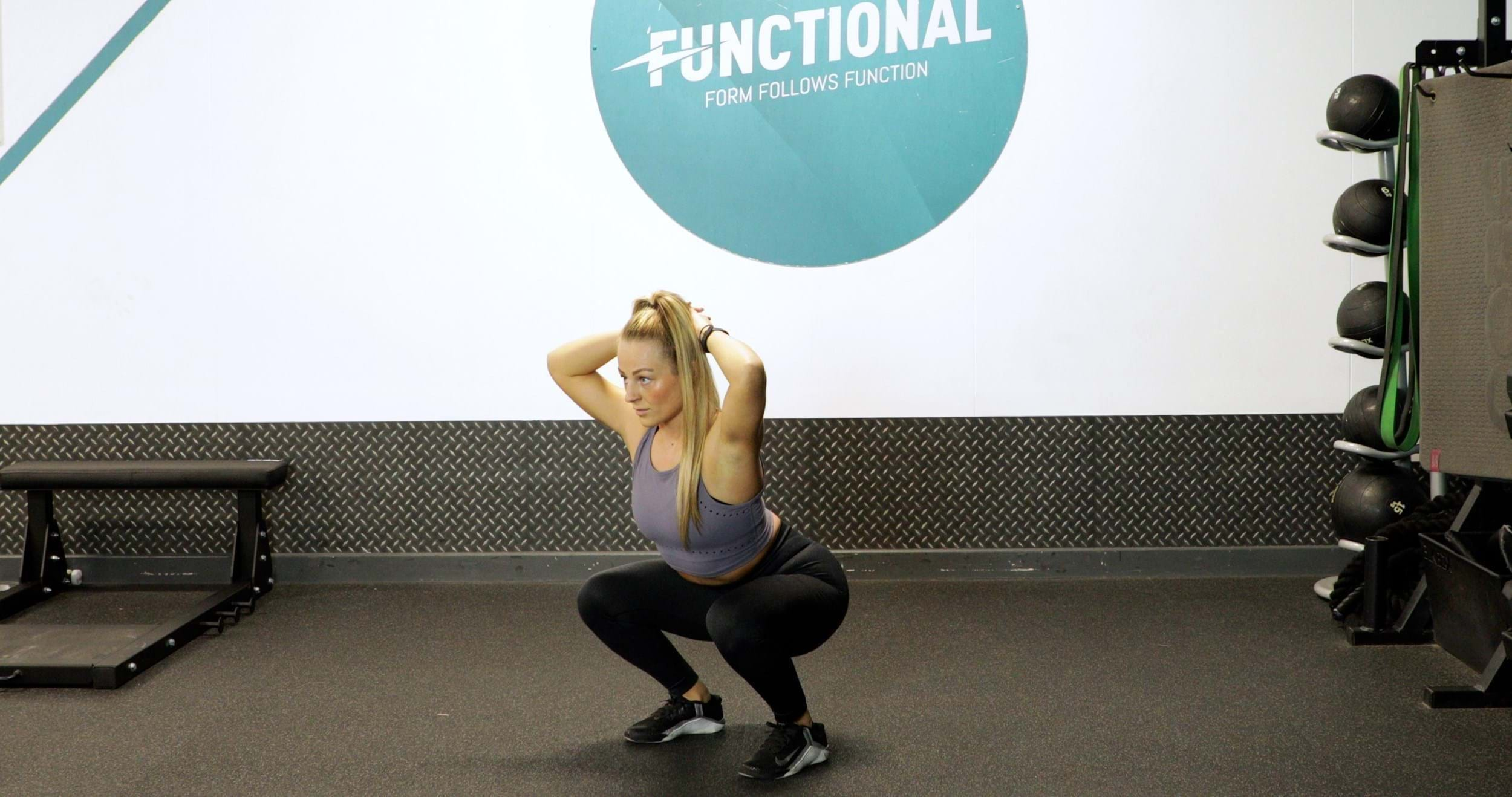
The prisoner squat is an advanced bodyweight squat and helpful for improving squat form.
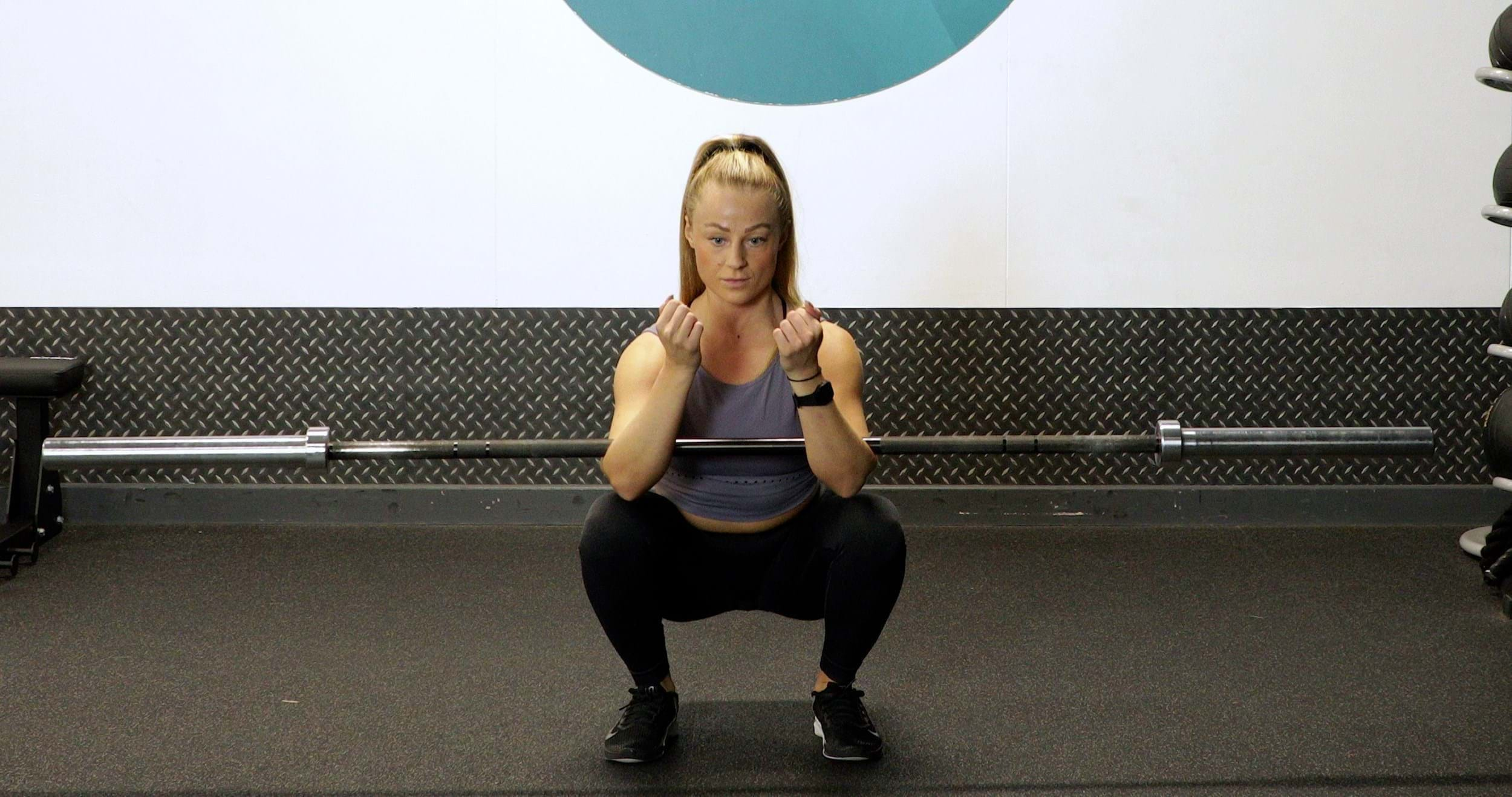
Zercher squats are a front loaded squat that can help to increase depth and work the quads more.
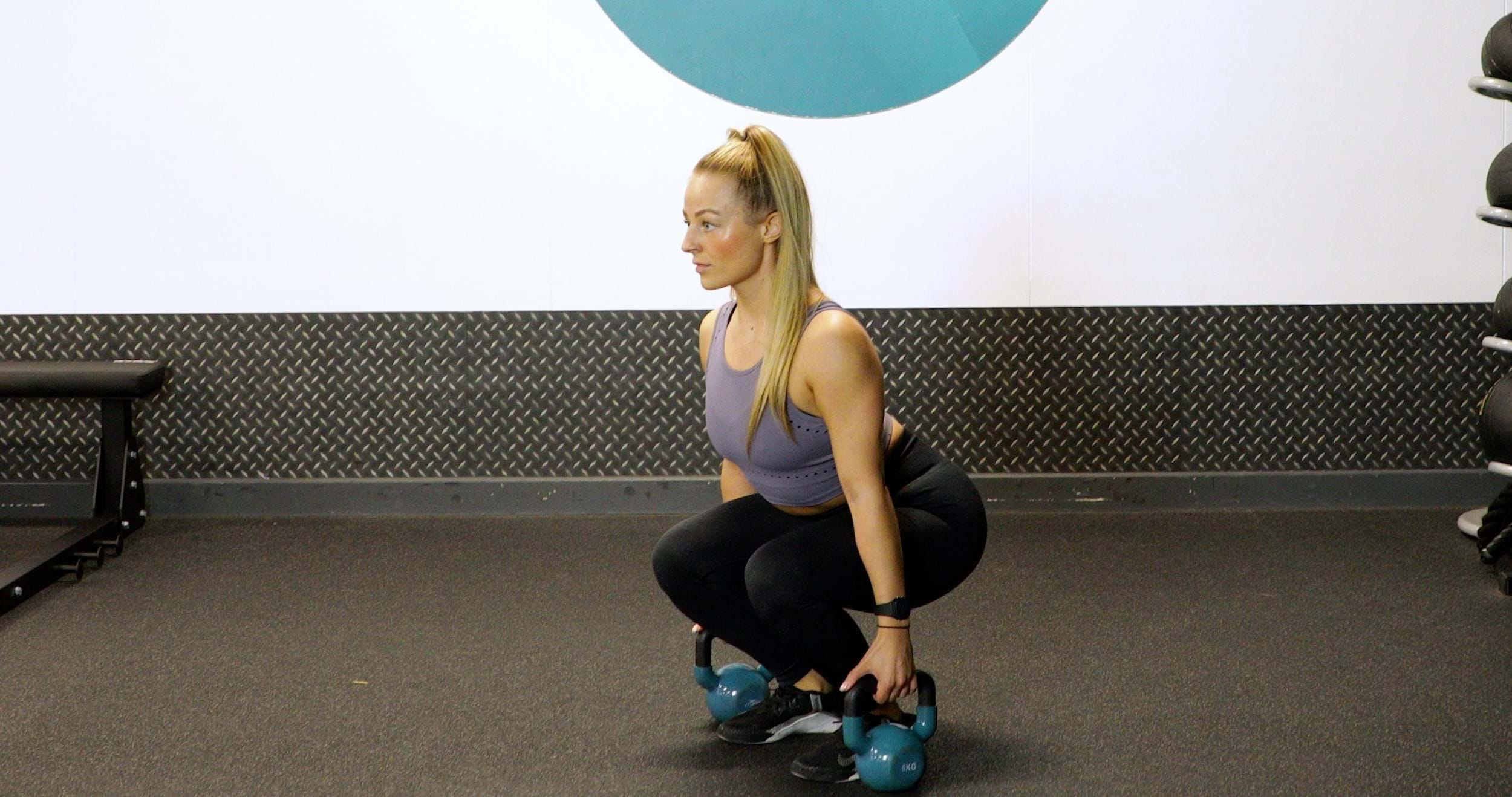
Performed with dumbbells or kettlebells, the suitcase squat challenges the muscles slightly differently and work the grip.
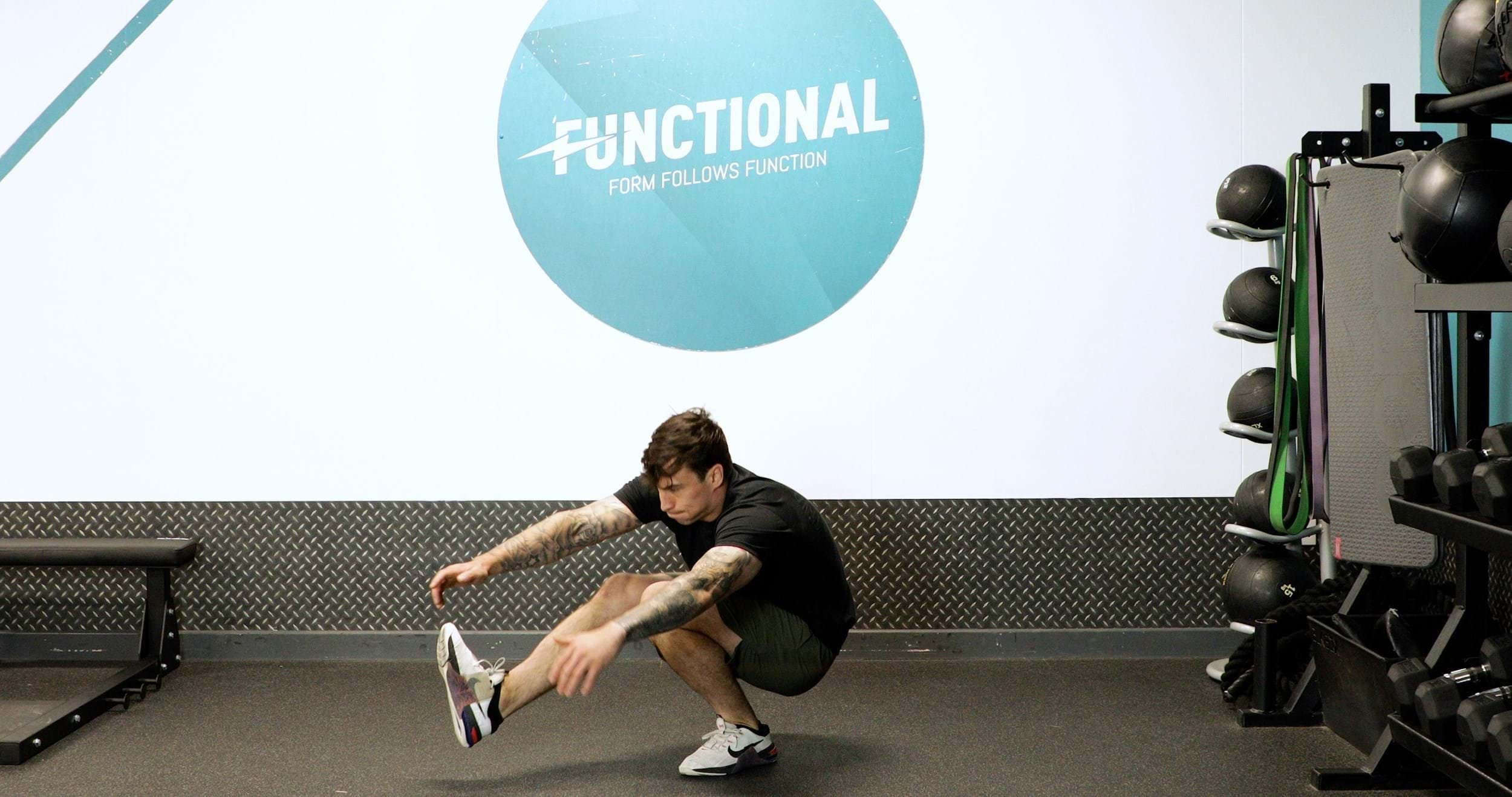
Pistol squats are an advanced single leg squat that requires significant mobility and strength.
If you’re not sure if any of the above exercises are suitable for you, please consult your doctor before you start it. Need guidance on how to perform the exercise? Ask a personal trainer at your gym.
